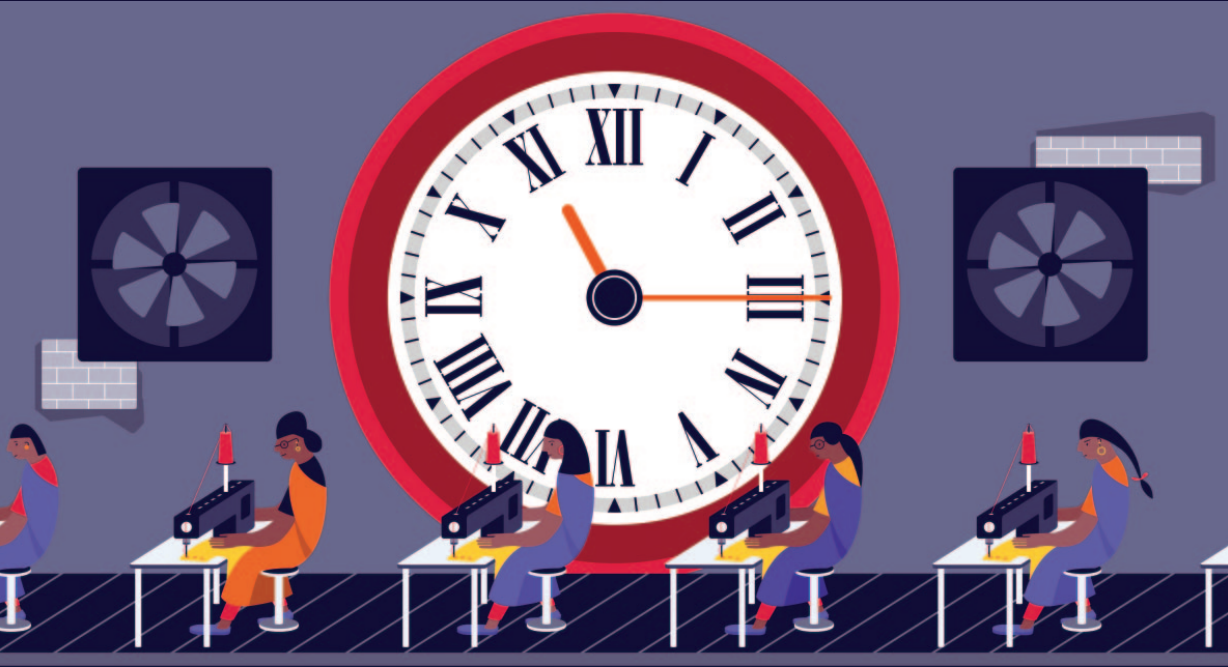
How Apparel Brand Purchasing Practices Drive Labor Abuses
Soon after the Rana Plaza collapsed in 2013 in the outskirts of Dhaka, Bangladesh, killing over a thousand workers, a top official from a global brand flew into Pakistan. His sudden trip was sparked by the desperation to make up for orders his company had placed, and lost, with a factory destroyed in the Rana Plaza disaster. He concluded a business deal with a new Pakistani garment supplier and flew out within hours. Usual factory onboarding procedures were discarded. The fact that the global brand had previously rejected the supplier for “failing” social audits (inspections to check working conditions) did not matter. The brand’s business needs trumped workers’ rights. Lamenting the duplicity of the brand, a Pakistani garment supplier who followed this transaction and narrated its details to Human Rights Watch, said, “All this because he [the global brand representative] had to make up the order placed at Rana Plaza—and all ethics went out of the window. Everybody is like that.”
The Rana Plaza disaster was a wake-up call to the world—1,138 workers died and over 2,000 were injured. It shone a light on the problem of death trap factories and poor government oversight. It also revealed much about how apparel brands do business and about their commitments to workers’ rights.
The nature of the apparel business is such that brands need to pay attention to market trends and consumer preferences that can change with dizzying speed. With the tremendous growth of online shopping, experts say global brands’ ability to churn out products quickly is key to success.
A maze of decisions underpins the development of each product before it hits the shelves. From forecasting consumer demand and planning; sales and marketing; designing products; selecting factories for manufacturing, monitoring them for social and labor compliance; and placing orders with and paying suppliers, numerous departments within a brand are involved in decision-making. Alternatively, some parts of these decisions may be made through agents. This complex web of decisions is generally referred to as a brand’s sourcing and purchasing practices.
This report is based largely on interviews with garment suppliers, social compliance auditors, and garment industry experts, including those with at least a decade’s experience sourcing for numerous global brands; hundreds of interviews with workers; and trade export data analysis for key producing markets from Asia. The report argues that brands’ poor sourcing and purchasing practices can be a huge part of the root cause for rampant labor abuses in apparel factories, undercutting efforts to hold suppliers accountable for their abusive practices. Because brands typically have more business clout in a brand-supplier relationship, how brands do business with suppliers has a profound influence on working conditions.
Brands can and should balance the twin goals of responding to consumer demands and protecting workers rights in factories that produce for them. This can only happen if they invest in a variety of human rights due diligence tools also needed to monitor and rectify their sourcing and purchasing and adopt key industry good practices. These steps will go a long way in discharging brands’ responsibilities articulated in the UN Guiding Principles on Business and Human Rights (UN Guiding Principles) and the Organisation for Economic Co-operation and Development Due Diligence Guidance for Responsible Supply Chains in the Garment and Footwear Sector (OECD Due Diligence Guidance on Garments).
To read the full report click here.
Human Rights Watch is an international non-governmental organization, headquartered in New York City, that conducts research and advocacy on human rights.
